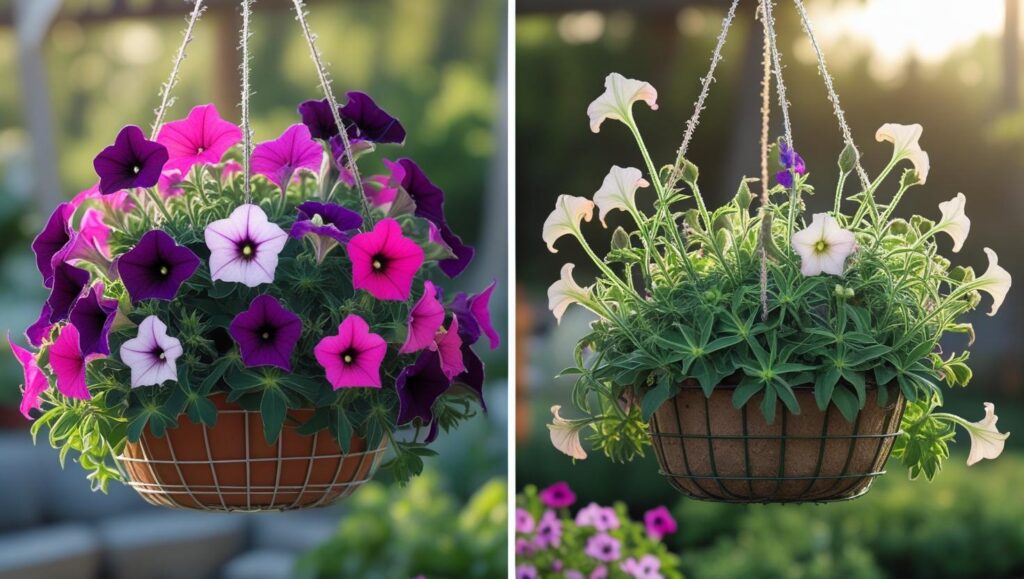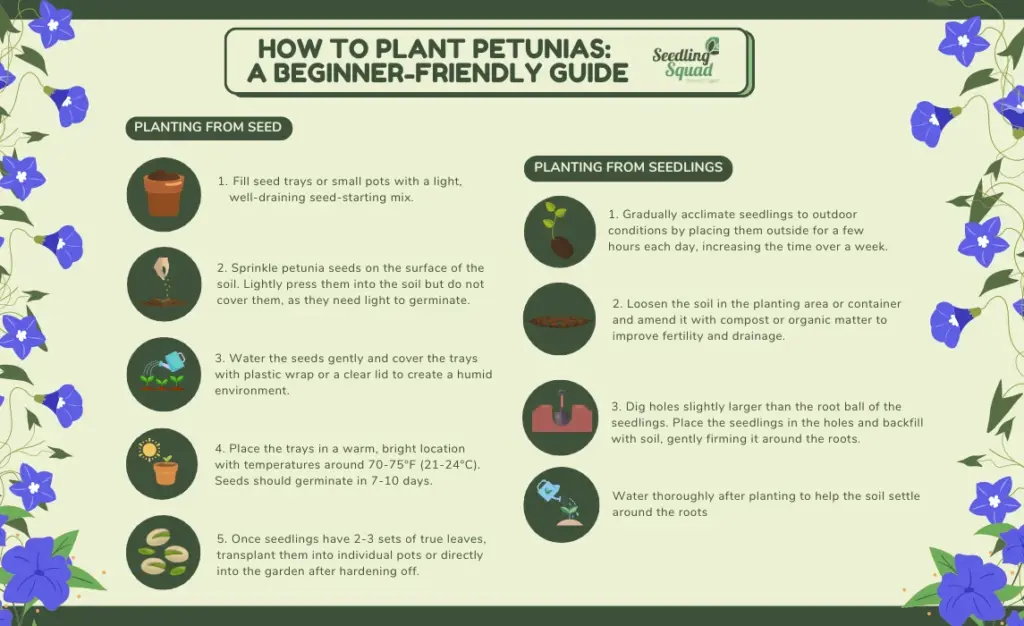As summer temperatures reach their peak, many gardeners observe a frustrating phenomenon: their once-prolific petunias cease to produce flowers, becoming sparse and leggy. While disappointing, horticultural experts confirm this is a common issue. The primary reasons petunias stop blooming are a combination of environmental stress, nutrient depletion, and the plant’s natural life cycle, all of which can be managed with proper care.

The Primary Culprit: Intense Summer Heat
The most significant factor leading to a pause in flowering is heat stress. While petunias are sun-loving annuals, excessively high temperatures, particularly those consistently above 85°F (29°C), can force the plants into survival mode.
“When a plant experiences heat stress, it diverts energy away from producing flowers and towards basic life-sustaining processes,” said Dr. Sarah Thompson, a professor of horticulture at the University of Minnesota Extension. “Photosynthesis becomes less efficient, and the plant’s main goal shifts from reproduction—which is what flowers are for—to simply surviving the intense conditions.”
This response is a key example of heat stress in plants. The plant conserves water by reducing transpiration, which can slow down nutrient uptake and halt the development of new buds. Gardeners may notice wilting during the hottest part of the day, even if the soil is moist, which is a clear sign of heat stress.
Why Petunias Stop Blooming: Nutrient Depletion
Petunias are known as “heavy feeders,” meaning they require a consistent supply of nutrients to sustain their vigorous growth and prolific blooming. This demand becomes a critical issue in mid-summer for two primary reasons.
First, the frequent watering required during hot weather leaches essential nutrients, particularly nitrogen and phosphorus, from the soil. According to a publication from the Colorado State University Extension, container-grown plants like many petunias are especially susceptible, as the limited soil volume is depleted more quickly than garden beds.
Second, the plant has already used a significant portion of the available nutrients to produce its initial wave of blooms. Without replenishment, it simply runs out of the resources needed to create more flowers.
The Role of Phosphorus and Other Nutrients A balanced fertilizer is crucial, but phosphorus plays an especially vital role in flower production. Fertilizers with a higher middle number in their N-P-K (Nitrogen-Phosphorus-Potassium) ratio are often recommended to encourage blooming. However, experts caution against over-fertilizing, which can harm the plant. A consistent schedule of diluted, water-soluble fertilizer every two to three weeks is generally more effective than infrequent, heavy applications.

The Importance of Pruning to Combat ‘Leggy Petunias’
As petunias mature, they naturally become leggy petunias. The stems grow longer and direct energy toward seed production once the initial flowers have faded. This is a primary reason gardeners see a decline in new blossoms.
“A petunia’s biological goal is to create seeds for the next generation. Once a flower is spent, it begins forming a seed pod. If you leave these spent blooms on the plant, it receives a signal that its job is done,” explains David Mitchell, a horticulturalist with the Royal Horticultural Society. “Deadheading, or removing these faded flowers, short-circuits that signal and encourages the plant to produce more blooms.”
For plants that have become severely leggy and sparse, experts recommend a more drastic pruning in mid-summer. This involves cutting back the main stems by one-third to one-half. While this may seem severe, it stimulates the plant to produce new, bushier growth from the base, which will lead to a fresh flush of flowers within a couple of weeks, assuming proper watering and feeding are maintained.
Other Contributing Factors
While heat, nutrients, and pruning are the main issues, other factors can also contribute to a lack of flowers:
- Sunlight: Petunias require at least six hours of direct sunlight per day. If they become shaded by taller, neighboring plants as the season progresses, their blooming can suffer.
- Pests and Disease: Pests like the petunia budworm can chew through developing buds before they have a chance to open. Fungal diseases, often caused by overwatering or poor air circulation, can also weaken the plant and inhibit flowering. Regular inspection of the plants can help catch these problems early.
Looking ahead, gardeners can also select petunia varieties bred for greater heat tolerance. Many modern hybrids are specifically developed to continue blooming through the high heat of summer with more vigor than older, traditional types. Checking plant tags and descriptions for terms like “heat-tolerant” or “all-season blooming” can lead to better performance.
How Often Should You Water a Peace Lily? Experts Advise- ‘Check the Soil, Not the Calendar’
